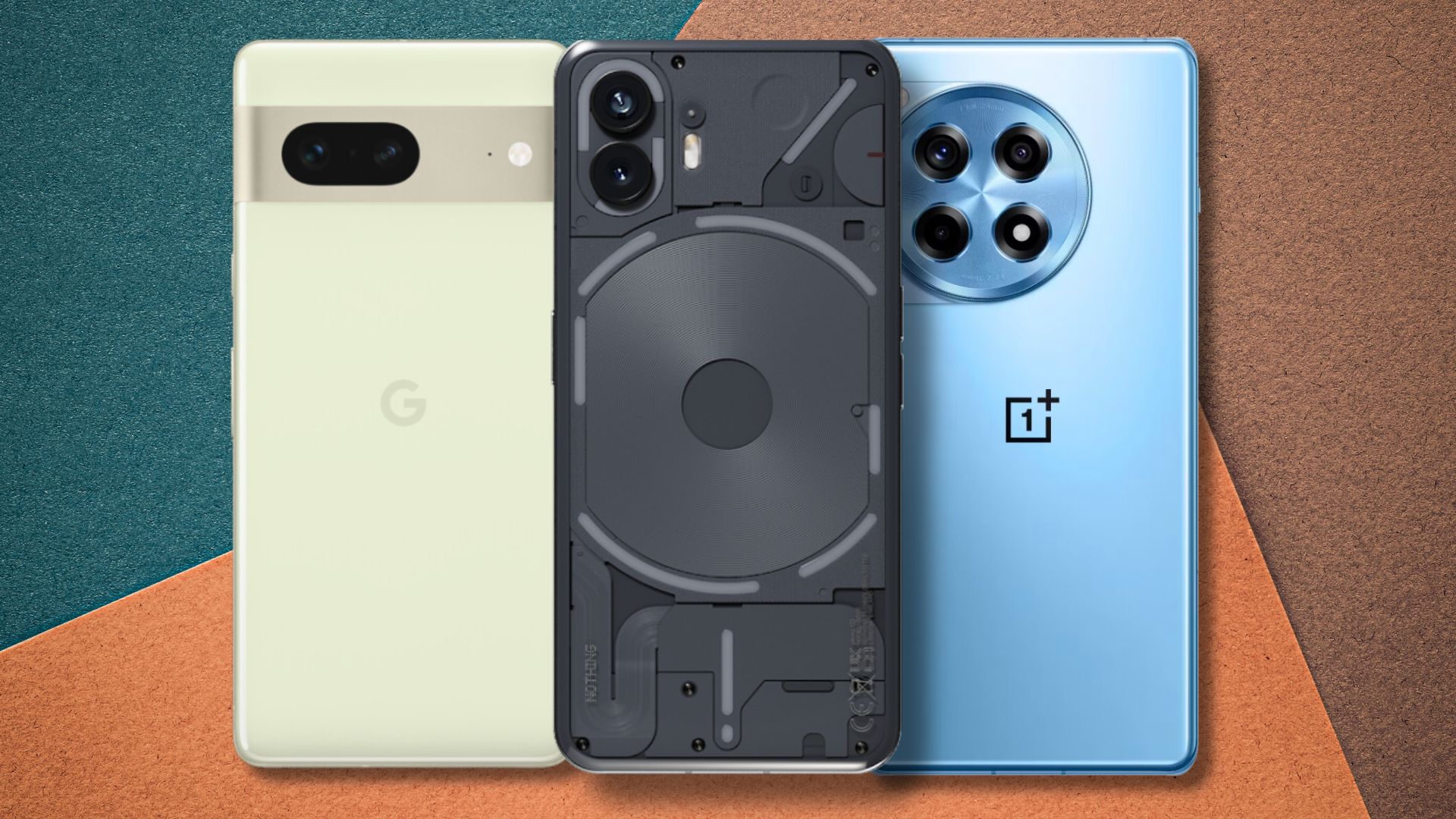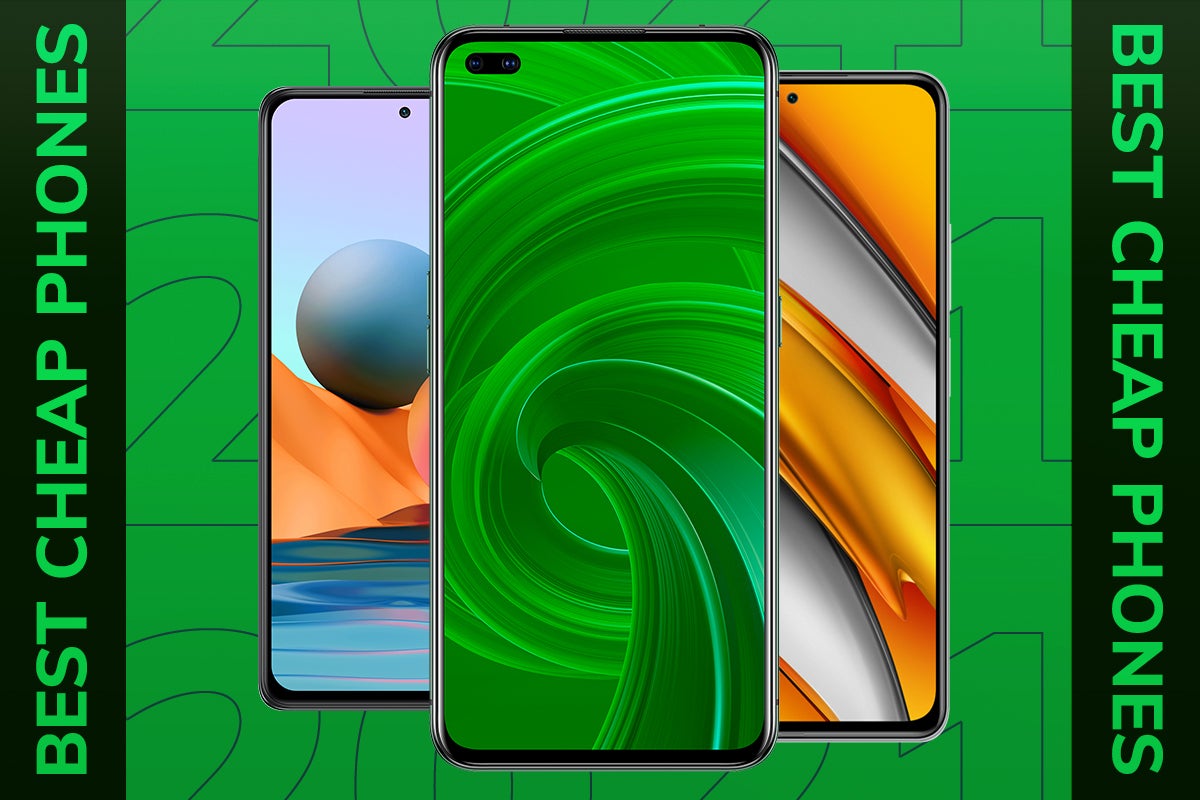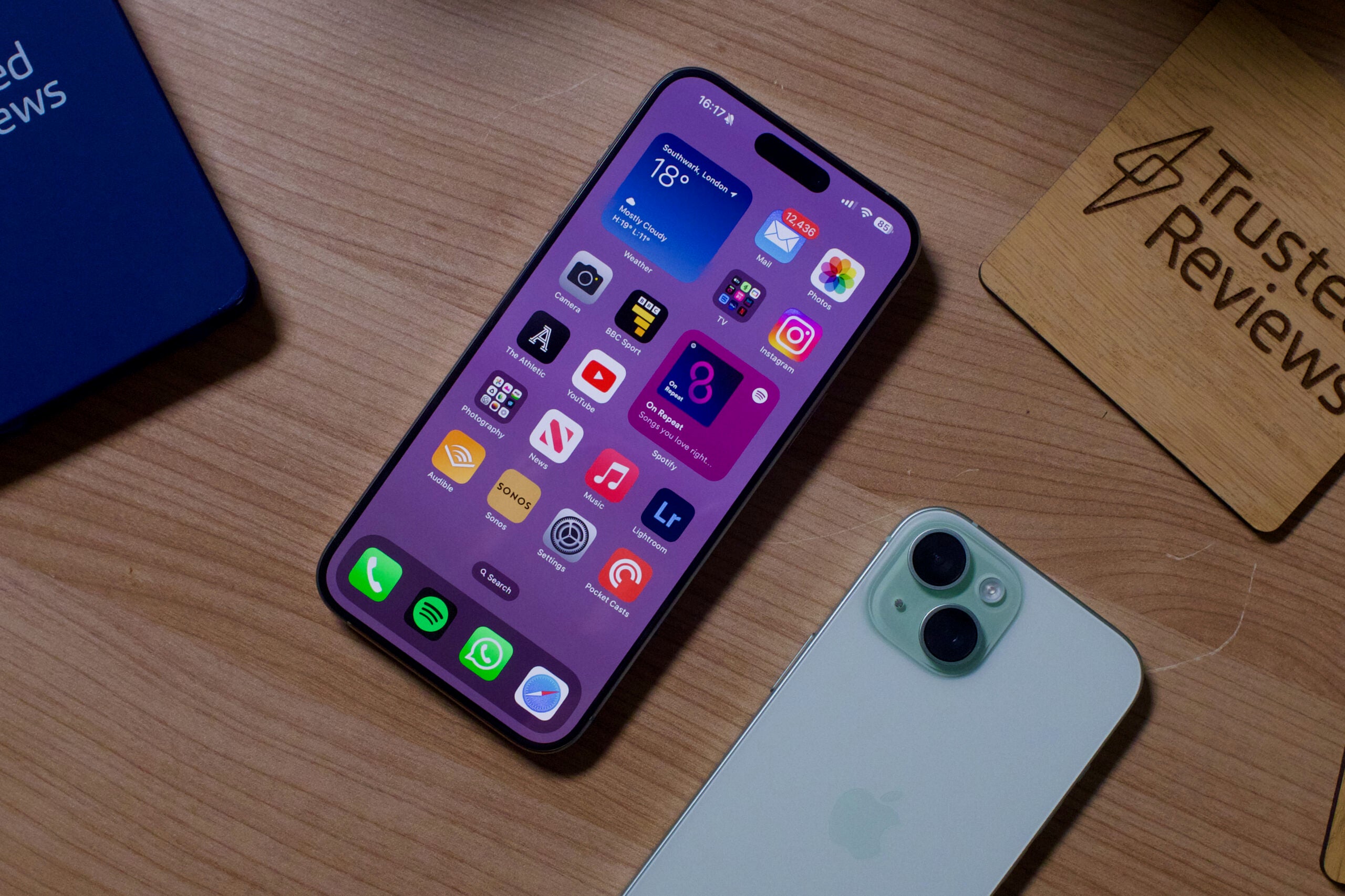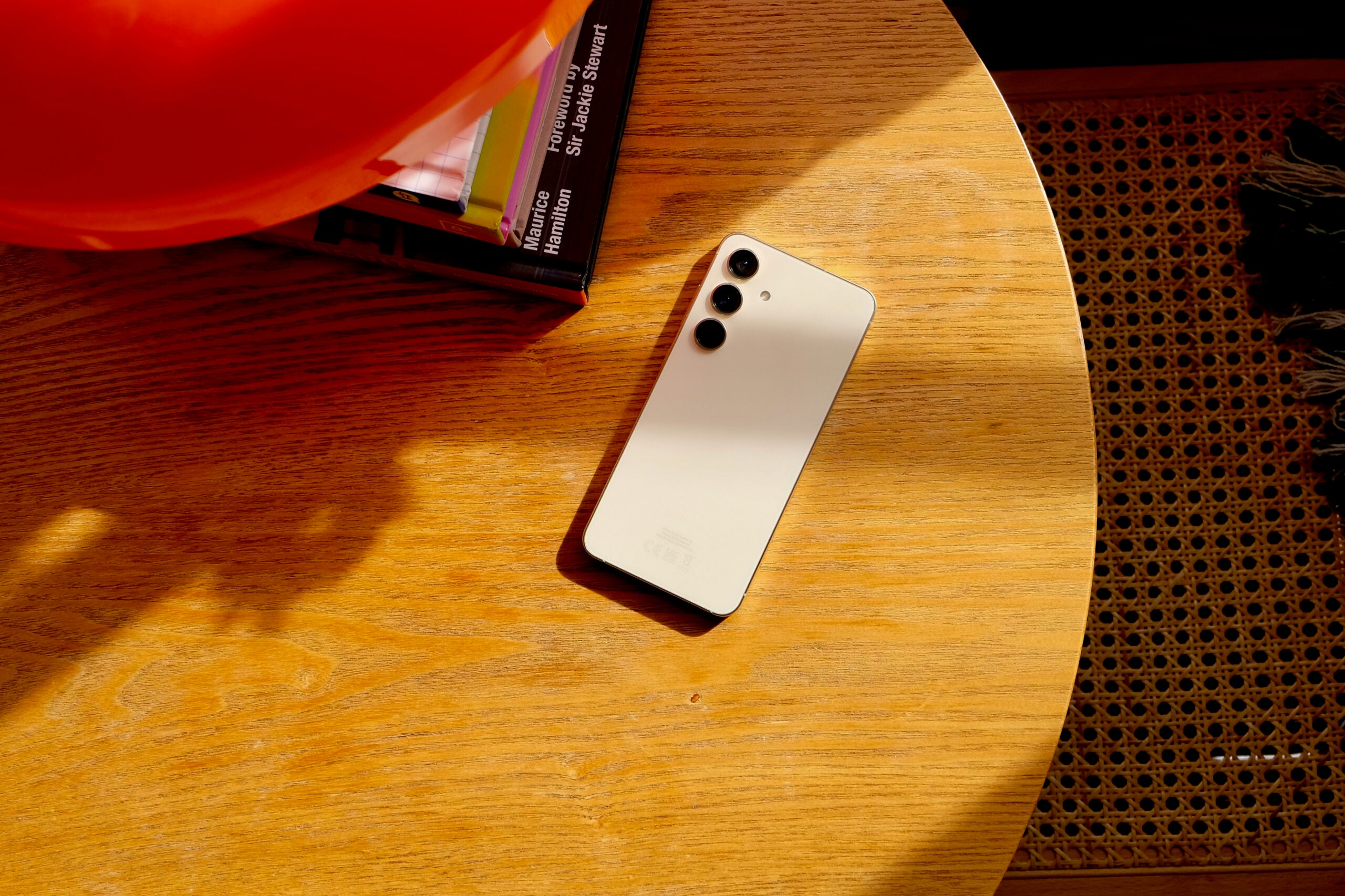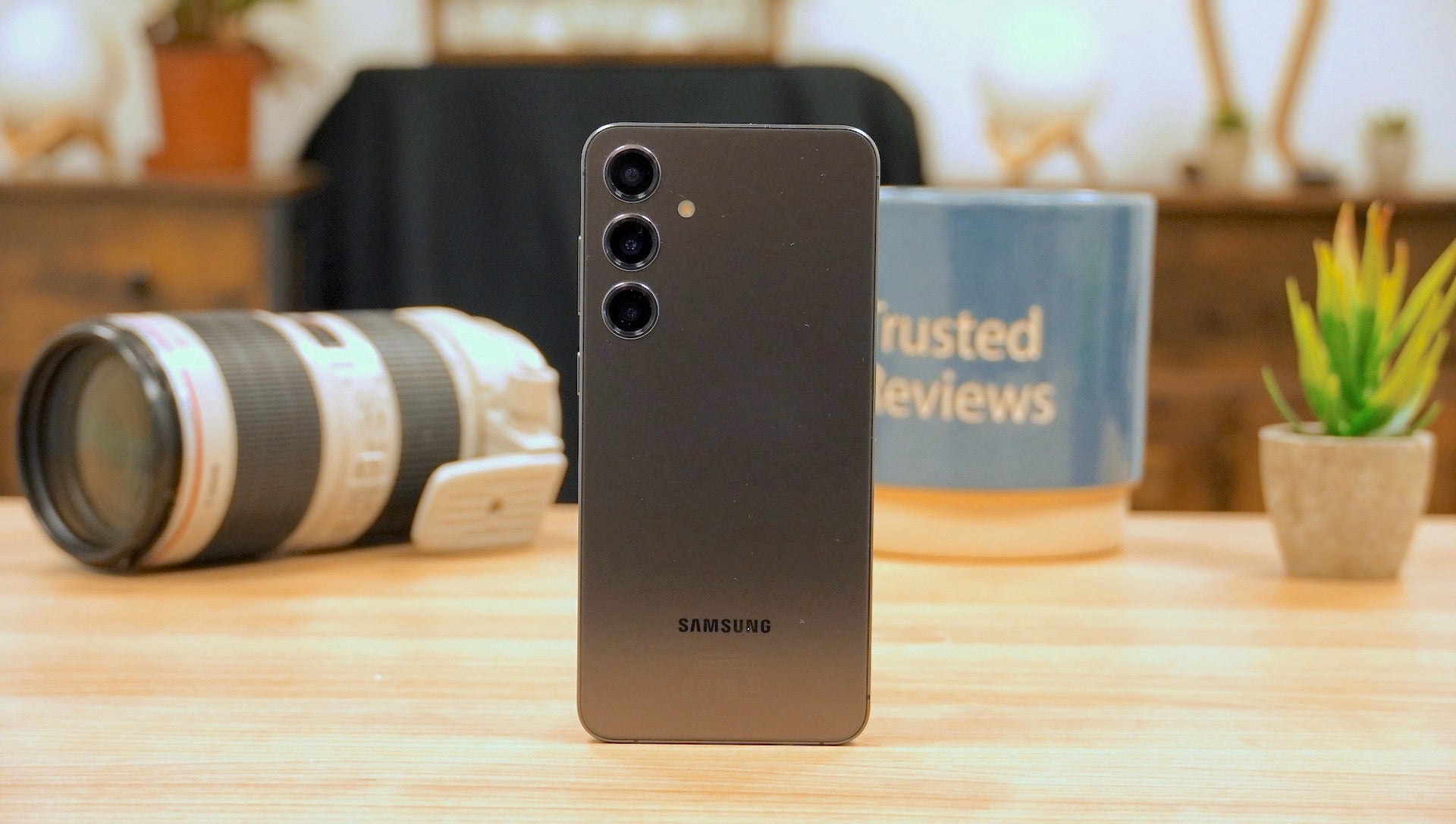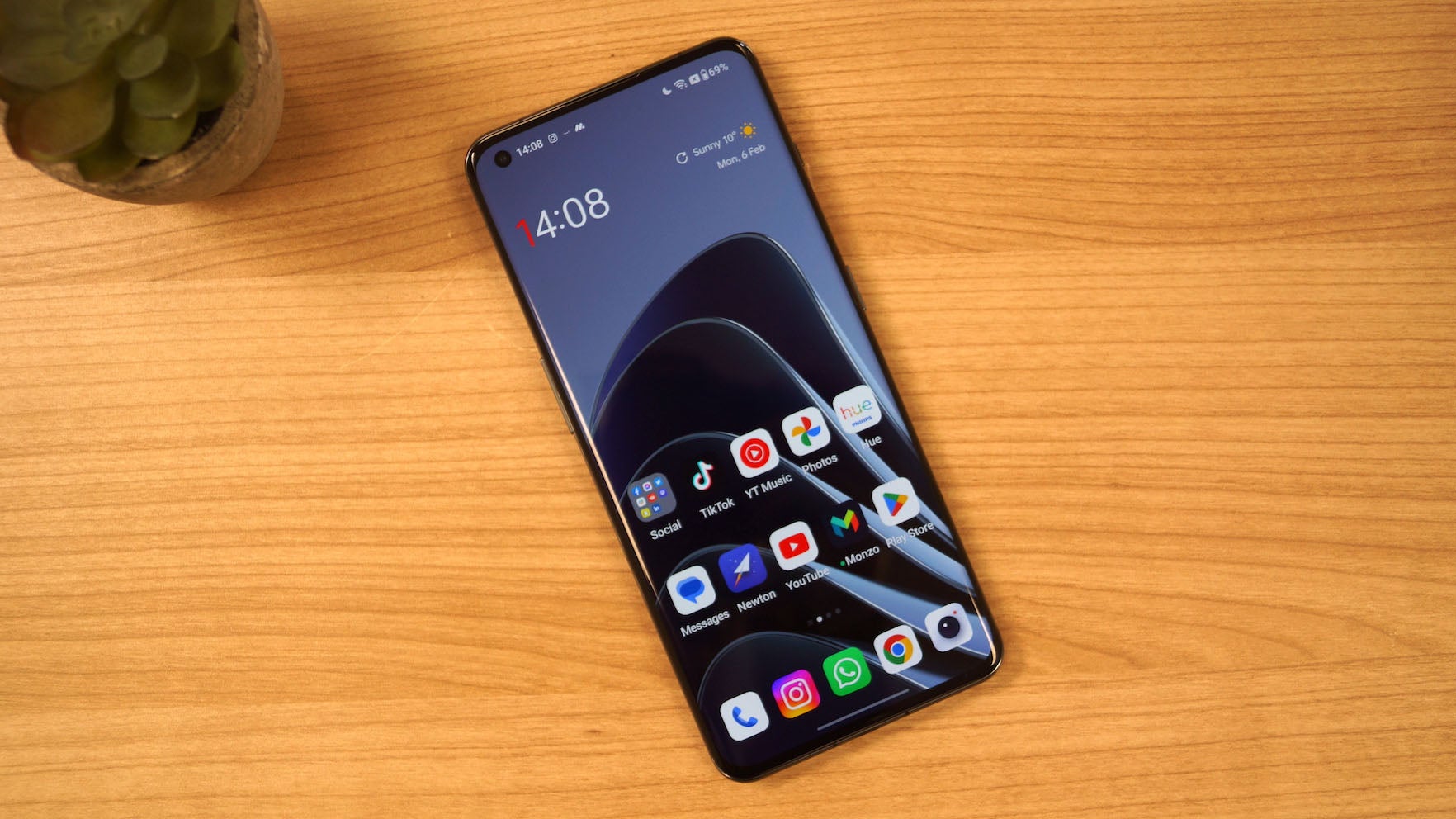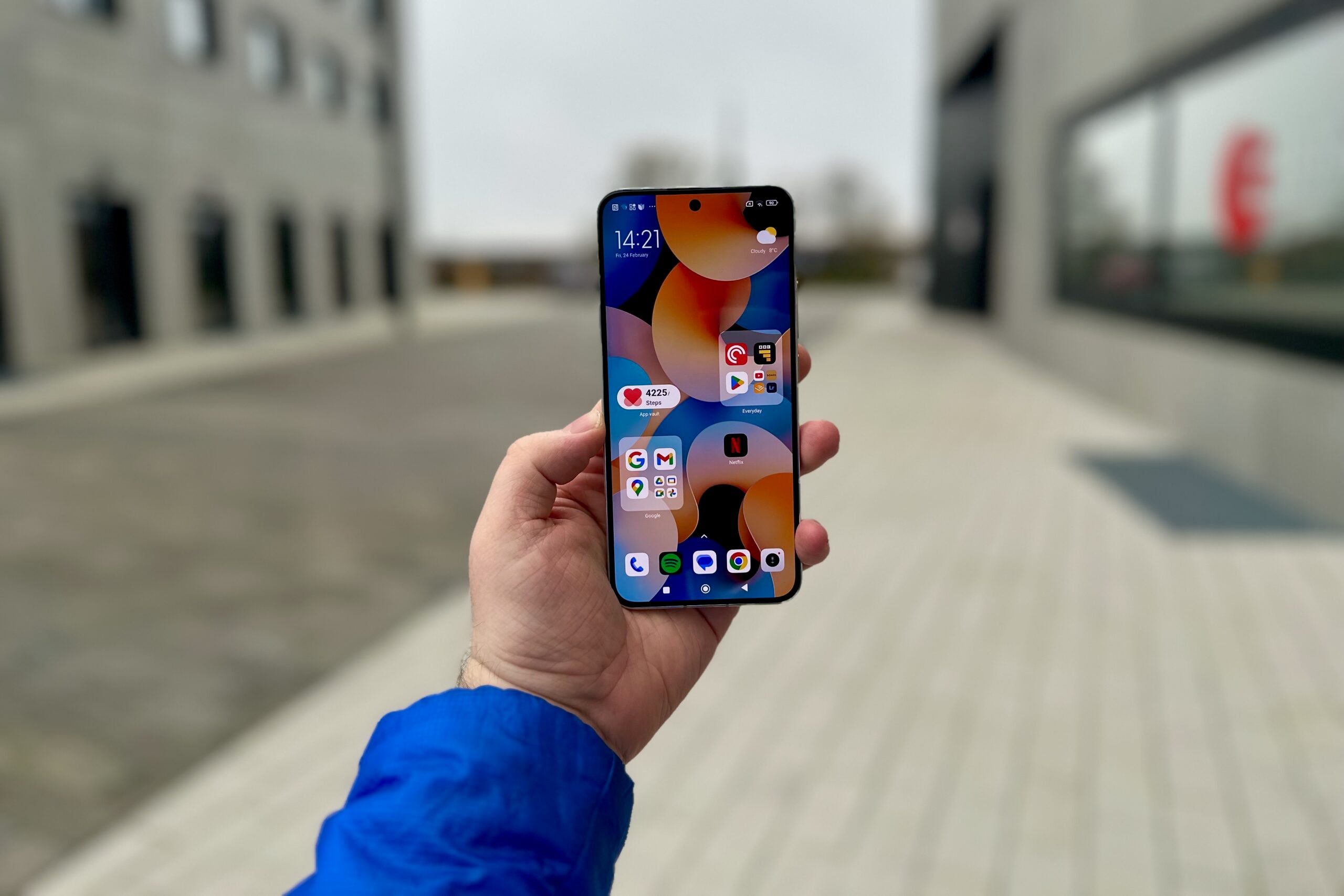Best Android Phones 2024: Flagships to budget options tested and ranked
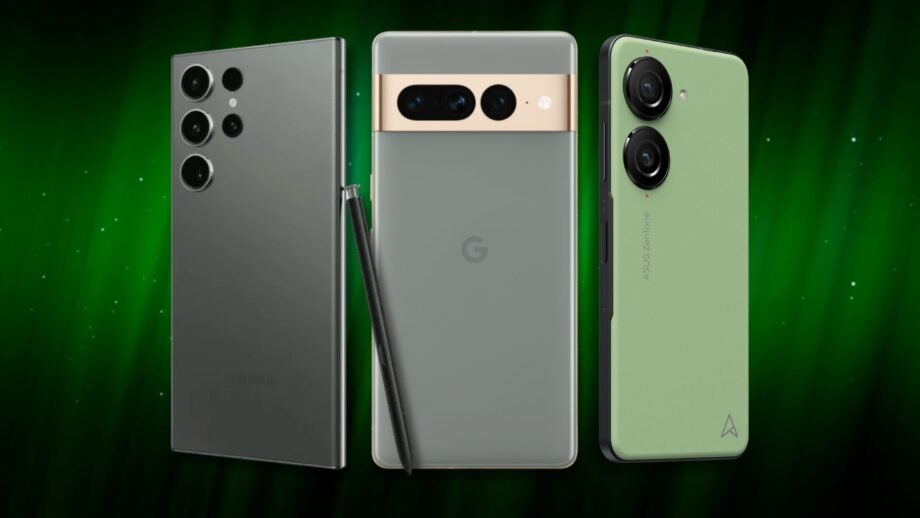
Finding a new Android phone can be quite the task in 2024, with so many tempting options available at a variety of price points.
That’s where we at Trusted Reviews come in. Our team of experts has meticulously reviewed a wide range of Android phones, from budget blowers to top-end temptations. Our comprehensive testing process involves thorough real-world and benchmark testing covering performance, battery life, camera performance, and much more. Testing lasts at least a week, but often longer.
Based on our findings, we assign each phone a rating out of five, with the highest-scoring devices considered for inclusion in our esteemed list. Only the very best Android phones on the market in 2024 make it into this list, so you know whatever you decide on will deliver a great experience.
Of course, there’s no one-size-fits-all when it comes to Android smartphones. Some are better at capturing those Instagram-worthy snaps, while others deliver blisteringly fast performance for top-end mobile gaming. There’s also form factor to consider, from compact smartphones to big-screen foldables. That’s why we’ve assigned each product with a specific award, helping you find the best for your needs.
If you have a more specific craving for your smartphone, then it’s worth checking out our best camera phone, best gaming phone and best mid-range phone guides which offer more tailored recommendations. And if you want to see how the very best Android phones compare to Apple’s iPhones, then have a look at our best phone roundup.
Best Android phones at a glance
- Best camera: Google Pixel 8 Pro – check price
- Best display: Samsung Galaxy S24 Ultra – check price
- Best battery life: Honor Magic 6 Pro – check price
- Best foldable: Motorola Razr 40 Ultra – check price
- Best for gaming: Asus ROG Phone 8 Pro Edition – check price
- Best small Android phone: Asus Zenfone 10 – check price
- Best mid-range Android: Google Pixel 7a – check price
- Best value: Motorola Edge 40 Neo – check price
How we test
All the phones included in our Best Android phone list have been thoroughly tested and used by one of our expert reviewers. We will never review a phone based purely on specs and benchmark scores. We use them as our everyday device for the review period, which is usually at least five days but often a lot more.
Whenever you read a phone review published on Trusted Reviews, you should be confident that the reviewer has put their personal SIM card into the phone, synced across their most-used apps and logged into all their typical accounts. We do this so you’ll feel confident in our review and trust our verdict.
Our review process includes a mixture of real-world tests, along with more than 15 measured tests and industry-standard benchmarks. We believe this gives the most rounded view of a device.
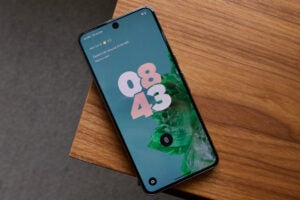 Best camera
Best camera
- The bright, flat screen is stunning
- Often incredible camera performance across all sensors and lenses
- AI features offer unique software tricks
- 7 years of updates
- Uncomfortable to hold
- Temperature sensor is pointless
- Performance not as strong as similarly priced phones
- Notable price increase over 7 Pro
 Best display
Best display
- Genuinely useful AI features
- Versatile camera setup
- All-day battery life and then some
- Seven years of OS upgrades
- Very expensive
- Average ultrawide camera
 Best battery life
Best battery life
- Premium, eye-catching design
- Brightest display around at 5000nits
- Impressive camera performance from all lenses
- Snapdragon-powered performance
- MagicOS 8 is basically an iOS dupe
- MagicPortal is pretty barebones at the moment
- No charger in the box
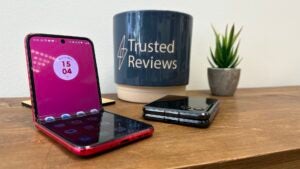 Best foldable
Best foldable
- Premium clamshell foldable design
- Genuinely useful 3.6-inch exterior display
- Great camera performance from main 12MP sensor
- Top-end 6.9-inch pOLED foldable display
- Battery could only last about a day
- Snapdragon 8+ Gen 1 is a year old
 Best for gaming
Best for gaming
- Blazing fast gaming performance
- Smaller design with improved waterproofing
- Camera has been upgraded with 3x optical zoom
- Still packed with excellent gaming features
- Rear gets scratched very easily
- Downgraded speakers
- Camera still not as good as the competition
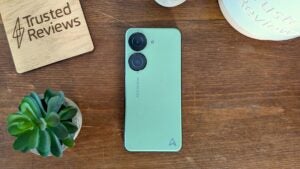 Best small phone
Best small phone
- Top-end performance
- All-day battery life
- Six-axis gimbal stabilisation steadies photo and video capture
- Pocketable design
- Bio-plastic rear feels a little cheap
- Same main camera sensor as Zenfone 9
- Relatively slow 30W charging
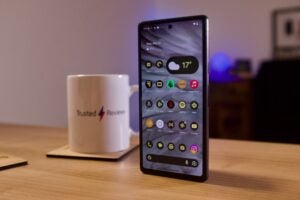 Best mid-range phone
Best mid-range phone
- Excellent camera for the price
- Plenty of upgrades over the Pixel 6a
- Smart software
- Some nice colour options
- Middling battery life
- Achingly slow charging
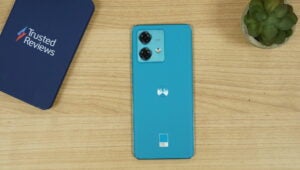 Best value
Best value
- Thin, lightweight design
- All-day battery life
- Premium hardware despite the price
- Mushy, inaccurate vibration motor
- Some pre-installed bloatware
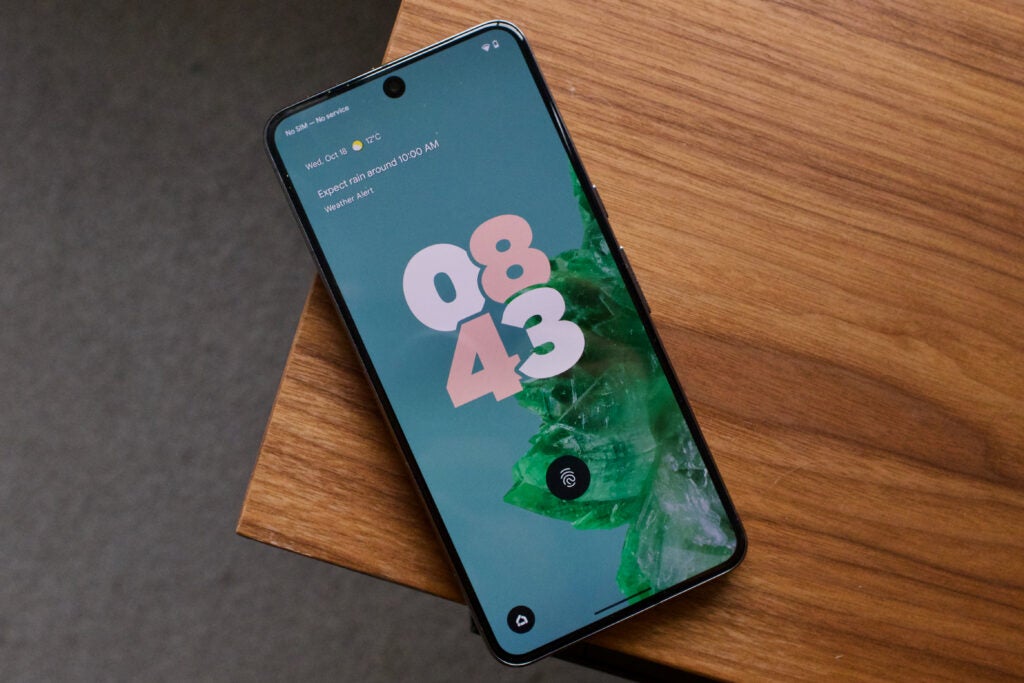
Google Pixel 8 Pro
Best camera
Pros
- The bright, flat screen is stunning
- Often incredible camera performance across all sensors and lenses
- AI features offer unique software tricks
- 7 years of updates
Cons
- Uncomfortable to hold
- Temperature sensor is pointless
- Performance not as strong as similarly priced phones
- Notable price increase over 7 Pro
If you’re shopping for an Android phone and want the best camera experience possible, the Pixel 8 Pro is our current favourite pick. It’s not better in all respects than the Samsung Galaxy S24 Ultra, but it does cost £250/$300 less and packs a lot of clever software features our reviewer actually used.
As with any Pixel phone, the 8 Pro is mostly about two things – the Google software and the camera. The cameras remain fairly similar to what we saw on the Pixel 7 Pro, but refreshed tech brings improved performance to all three of the rear lenses. There are software tweaks too, including a bunch of updated modes – including a clever Best Take option that replaces funny/awkward faces with smilier alternatives – you’ll actually want to use.
Photos from the phone are great in practically any scenario. They are richer and more immersive than those from the Galaxy S24 series and often better in darker situations, too, despite the much higher megapixel count on offer from the S24 Ultra in particular. The zoom might not match up to Samsung’s Ultra efforts, but if you keep it to around 5x, the results are great.
Powering the phone is Google’s Tensor G3 chipset, though like previous entries, it’s not the quickest around – many phones on this list will post better benchmark scores – with the focus being instead on AI intelligence. Many software additions here are made better by this chip, including voice transcription, and everything works very well.
Samsung has started to claw back some of that interest with Galaxy AI on the S24 series, but there’s still more to take advantage of with the Pixel 8 Pro than the S24. However, whether that’ll be the same in a year’s time is yet to be seen.
The phone impresses elsewhere too. The screen is on par with high-end options from Apple and Samsung, although battery life is starting to lag behind the competition. The Pixel 8 Pro also benefits from Google’s upgraded long-term support, boasting a whopping seven OS upgrades that’ll take it all the way through to Android 21.
Reviewer: Max Parker
Full review: Google Pixel 8 Pro Review

Samsung Galaxy S24 Ultra
Best display
Pros
- Genuinely useful AI features
- Versatile camera setup
- All-day battery life and then some
- Seven years of OS upgrades
Cons
- Very expensive
- Average ultrawide camera
If you’re looking for the very best big-screen experience possible, look no further than Samsung’s top-end Galaxy S24 Ultra. It’s the option to choose if you want a really high-end, luxury experience that does it all – and are happy to pay for the privilege.
The S23 Ultra may not look all that different from 2023’s S23 Ultra, but small key differences vastly change the experience. That includes a shift from aluminium to titanium for the chassis, much slimmer bezels for a true all-screen look and, of course, the move from a curve display to a flat one – a change that’ll benefit S Pen users in partoiucalr, allowing you to make the most out of the 6.82-inch Dynamic AMOLED 2X screen.
That screen is one of the main reasons to opt for the Ultra, and it’s packed with premium bells and whistles with its WQHD+ resolution, dynamic 120Hz refresh rate and support for HDR10+ and Dolby Vision delivering a stunning viewing experience whether you’re scrolling through TikTok or watching the latest Hollywood blockbuster on Netflix
It’s not just simply a big phone though; the S24 Ultra stands out in the camera department, particularly when it comes to zoom prowess. It’s a title that Samsung continues to hold with the S24 Ultra despite an apparent downgrade from a 10x periscope to a 5x periscope, but the inclusion of a higher-res sensor and OIS mean that performance is near-identical at the 10x level whilst vastly boosting the 5-10x mark compared to the previous gen phone.
That’s backed up by a 200MP primary camera that delivers vibrant, detailed and well-balanced images regardless of light levels and also allows for a dedicated astrophotography mode. There’s also a 12MP ultrawide and 10MP 3x telephoto rounding out the rear camera system, making it a versatile system indeed.
The S24 Ultra stands out in another way, however; Galaxy AI. While it’s not quite as well-rounded as the Pixel 8 Pro offering, elements like rewriting text, transcribing and translating recordings and limited photo editing features hint that Google’s time as the top AI phone could be running out.
That’s down to the Snapdragon 8 Gen 3 for Galaxy, a custom version of the 2024 chipset that delivers top-end performance and the ability to process generative AI tasks all on-device without an internet connection.
Throw in all-day battery life with a 5,000mAh battery, seven years of OS upgrades taking it through to Android 21 and solid software from OneUI 6.1 and you’ve got a tempting – if not pricey and large – smartphone.
Reviewer: Lewis Painter
Full review: Samsung Galaxy S24 Ultra Review

Honor Magic 6 Pro
Best battery life
Pros
- Premium, eye-catching design
- Brightest display around at 5000nits
- Impressive camera performance from all lenses
- Snapdragon-powered performance
Cons
- MagicOS 8 is basically an iOS dupe
- MagicPortal is pretty barebones at the moment
- No charger in the box
If you’re in the market for a phone with enduring battery life, the Honor Magic 6 Pro is an excellent choice. This top-tier device competes with the Galaxy S24 Ultra not just in screen and camera technology but also with its substantial 5,600mAh silicon-ion battery, which offers extended longevity and superior performance in colder climates.
The Magic 6 Pro’s 6.8-inch curved AMOLED display is a marvel, featuring curved edges, a silky 120Hz refresh rate, and numerous eye-care options, ensuring a delightful viewing experience whether you’re watching Netflix or scrolling through TikTok, all with a peak HDR brightness of 5000 nits.
Its camera system is equally impressive, with the primary 50MP camera providing a remarkable dynamic range thanks to a bespoke HDR sensor and a variable f/1.4-f/2.0 aperture. The 180MP periscope lens, boasting the highest resolution and largest sensor of its kind, delivers extraordinary zoom capabilities with minimal detail loss, even at high magnification levels.
The 5,600mAh battery is a standout feature, constructed from eco-friendlier silicon-ion instead of traditional lithium-ion, enhancing performance in low temperatures. Its capacity surpasses most competitors, ensuring all-day usage and nearly two days of battery life before needing a recharge.
Coupled with the Snapdragon 8 Gen 3 processor, 80W fast charging, facial recognition technology on par with the iPhone, and an appealing design, the Magic 6 Pro is a well-rounded powerhouse.
Reviewer: Lewis Painter
Full review: Honor Magic 6 Pro Review
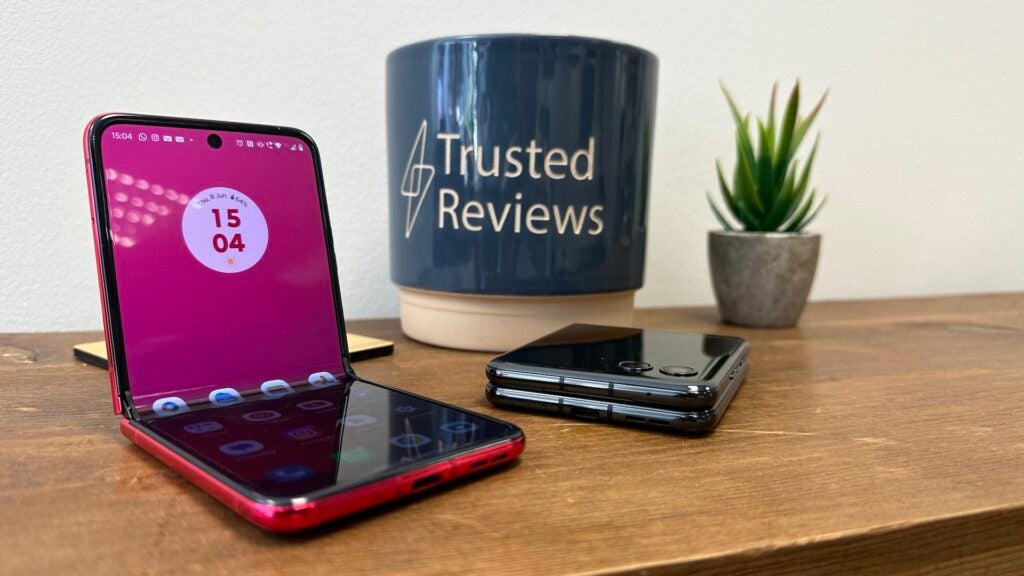
Motorola Razr 40 Ultra
Best foldable
Pros
- Premium clamshell foldable design
- Genuinely useful 3.6-inch exterior display
- Great camera performance from main 12MP sensor
- Top-end 6.9-inch pOLED foldable display
Cons
- Battery could only last about a day
- Snapdragon 8+ Gen 1 is a year old
After years of Samsung dominating the clamshell foldable market with its Galaxy Z Flip range, Motorola has knocked Samsung off its perch with the Razr 40 Ultra.
The Razr 40 Ultra takes the clamshell experience to new heights with its large 3.6-inch pOLED exterior display, featuring a super-smooth 144Hz refresh rate.
This generous display size allows not only the use of widgets like the Oppo Find N2 Flip, but also full Android apps. You can control smart home technology, respond to messages, and even get directions from Google Maps without having to unfold the phone. This not only reduces the need to open the device frequently but also makes it comfortable to use in its folded form.
However, you won’t always rely on the external display, especially with the presence of a tall, narrow 6.9-inch pOLED display inside. This screen is incredibly smooth at 165Hz and incorporates LTPO technology, intelligently adapting the refresh rate based on your activities.
While the main 12MP camera may not sound overly impressive on paper, its combination of optical image stabilization (OIS), phase-detection autofocus (PDAF), and a wide f/1.5 aperture allows it to excel in both well-lit and low-light environments. Although it doesn’t quite match the quality of top-end flagship cameras, it’s impressive for a slimline foldable device.
Powering the phone is the ageing Snapdragon 8 Plus Gen 1 processor, which may deter some users. Nevertheless, everyday performance is solid, though it tends to overheat during graphics-intensive gaming sessions.
With a 3,800mAh battery, the Razr 40 Ultra offers an improvement over the Razr (2022)’s 3,500mAh cell. It’s capable of lasting the entire day, although it might not make it through the second day. The good news is that it charges in less than an hour thanks to the inclusion of 30W fast charging technology.
Reviewer: Lewis Painter
Full review: Motorola Razr 40 Ultra Review

Asus ROG Phone 8 Pro Edition
Best for gaming
Pros
- Blazing fast gaming performance
- Smaller design with improved waterproofing
- Camera has been upgraded with 3x optical zoom
- Still packed with excellent gaming features
Cons
- Rear gets scratched very easily
- Downgraded speakers
- Camera still not as good as the competition
The Asus ROG Phone 8 Pro Edition is not the most rounded Android phone on this list, but it excels at its main point of interest: gaming.
There are oodles of gaming-centric features here, from the AirTriggers that allow for gamepad-esque controls to the Armoury Crate software that enables you to fiddle with the performance settings and display frame rate, temperature and GPU workload figures as you play your favourite mobile games.
Thanks to the Snapdragon 8 Gen 3 chip and a whopping 24GB of RAM, this is one of the most powerful Android phones you can buy, beating even the S24 Ultra in benchmark tests. The superb cooling system also allows the phone to maintain high performance over long stretches of heavy workloads, with our benchmark tests showing consistent gaming performance.
The 5500mAh battery may be smaller than last year’s 6000mAh cell, but our reviewer noted that it still allowed the ROG Phone 8 Pro Edition to last well over a day from normal use.
That’s all well and good, but plenty of gaming phones offer similar performance-focused features. Where the ROG Phone 8 Pro Edition stands out is in the design department by, well, not looking like a gaming phone at all.
Instead, the phone looks not too dissimilar from your regular flagship smartphone with a glass and matte frosted finish on the rear, slimmed down bezels and even the inclusion of a new 3x telephoto camera to bolster the rear camera setup. If you’re sick of the typical gamer aesthetic but still want a high-end gaming experience, the ROG Phone 8 Pro Edition is a solid choice.
The only major stumbling block for this phone is that it’s incredibly expensive, requiring a sum beyond the £1000/$1000 mark. As a result, it may be worth sacrificing a couple of features and opting for either the older Asus ROG Phone 7 Pro or the regular ROG Phone 8 instead.
Reviewer: Ryan Jones
Full review: Asus ROG Phone 8 Pro Edition review
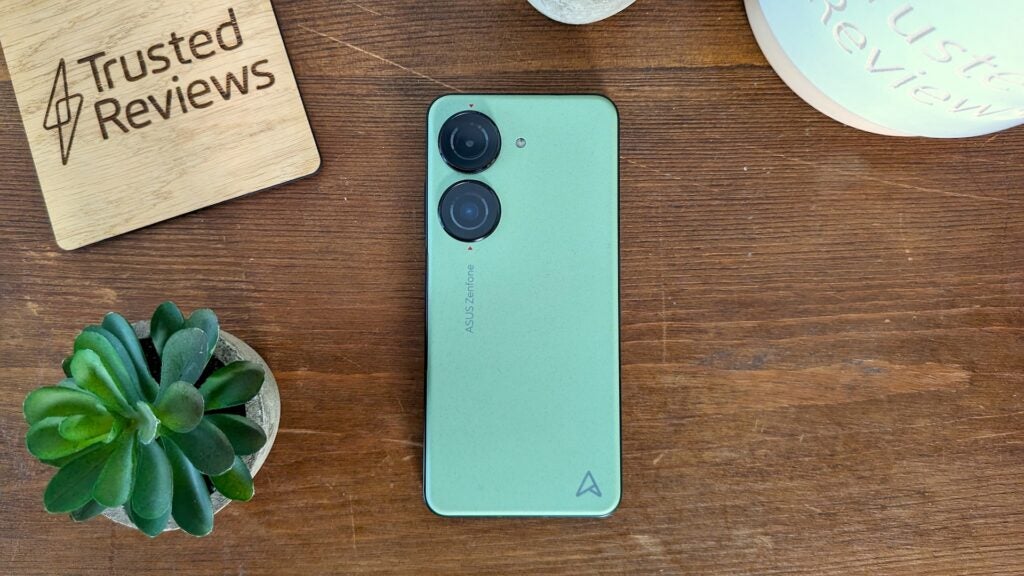
Asus Zenfone 10
Best small phone
Pros
- Top-end performance
- All-day battery life
- Six-axis gimbal stabilisation steadies photo and video capture
- Pocketable design
Cons
- Bio-plastic rear feels a little cheap
- Same main camera sensor as Zenfone 9
- Relatively slow 30W charging
If you’ve been looking for a handset that’s slightly smaller than the others on this list – one that you could even use with just one hand, for instance – then you can’t do much better than the excellent Asus Zenfone 10.
The smartphone measures in at a compact 5.9 inches, but don’t let that fool you; this is very much a premium device. From the Snapdragon 8 Gen 2 that allows it to compete with much more premium options, to the 50MP main shooter with unique six-axis gimbal stabilisation that allows for blur-free photos and super-smooth videos, the ZenFone 10 is a capable option.
It also delivers some of the best OS customisation we’ve seen, with the option to pick and choose between Asus’ ZenUI and stock Android 13, and there are plenty of handy tweaks available too. It’s just a shame that it only offers two OS upgrades alongside its four years of security patches.
Still, if you find that your hands aren’t quite big enough to wield some of the cumbersome phablets that have been mentioned above, then the 5.9-inch screen on this device could suit you right down to the ground.
Reviewer: Lewis Painter
Full review: Asus Zenfone 10 review
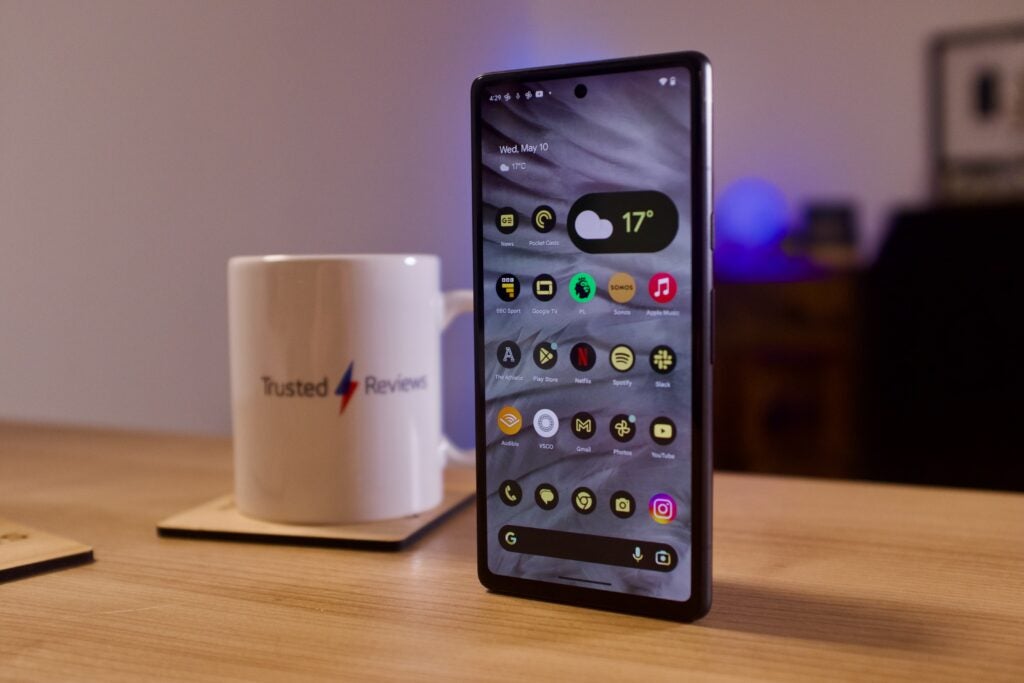
Google Pixel 7a
Best mid-range phone
Pros
- Excellent camera for the price
- Plenty of upgrades over the Pixel 6a
- Smart software
- Some nice colour options
Cons
- Middling battery life
- Achingly slow charging
The Pixel 7a is a compact Android phone with an excellent camera, Google’s fantastic software and a price tag that won’t break the bank. It’s one of our favourite Android phones on the market right now.
Despite its more affordable price tag, it matches many of the essential features of the more expensive Pixel 7 and boasts several advantages over the Pixel 6a. Among these advantages are Qi wireless charging, 8GB of memory, a faster 90Hz screen (compared to the Pixel 6a’s 60Hz), and a more robust body.
The Pixel 7a also has an impressive camera with a new 64MP sensor that produces excellent images in various lighting conditions and accurately captures skin tones. At this price, there isn’t a better phone included on this list
While the 6.1-inch 90Hz OLED screen on the Pixel 7a is comparable to the slightly larger Pixel 7’s 6.3-inch display, the Pixel 7 Pro has the best screen among the Pixel phones.
The Pixel 7a is powered by the same Tensor G2 chip found in the Pixel 7, Pixel 7 Pro, and Pixel Fold. This offers adequate performance for the price point and handles many of the phone’s AI features such as call screening and voice recording.
However, the Pixel 7a’s battery life is mediocre, and charging can be slow. Though the phone can typically last a day, users may need to recharge quickly on busy days with heavy screen usage – something our reviewer had to do on a few occasions. It can also take over 100 minutes for a full charge and you’ll need to provide your own charger.
Reviewer: Max Parker
Full review: Google Pixel 7a Review
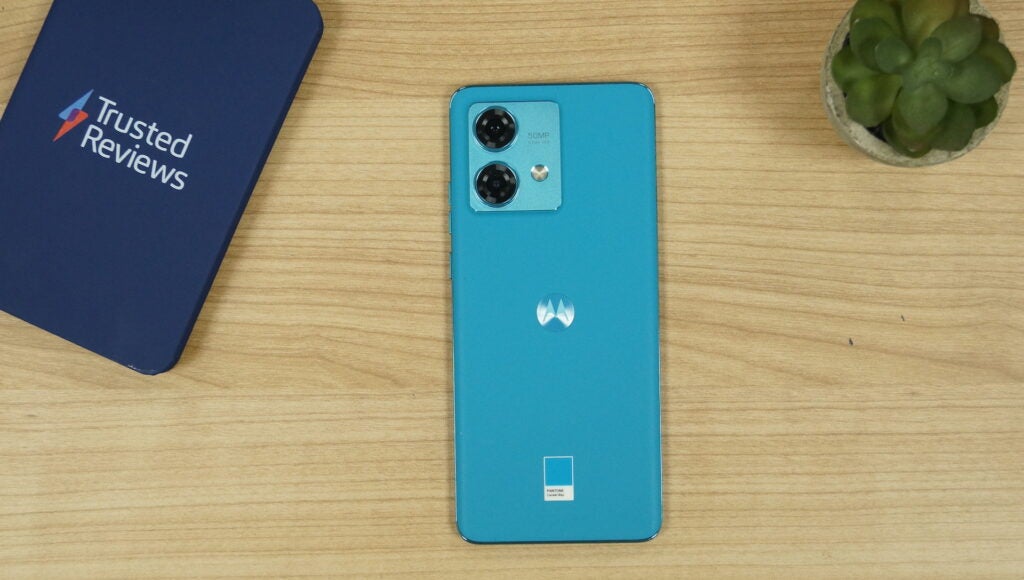
Motorola Edge 40 Neo
Best value
Pros
- Thin, lightweight design
- All-day battery life
- Premium hardware despite the price
Cons
- Mushy, inaccurate vibration motor
- Some pre-installed bloatware
If you want an excellent and very affordable Android phone, the Motorola Edge 40 Neo is a strong pick and one of the best cheap phones around, offering an incredible amount of tech considering its £299 RRP.
We particularly liked the display, which uses the same pOLED tech as the top-end Razr 40 Ultra above. It measures in at 6.5 inches, has a smooth 144Hz refresh rate that’s faster than many flagships and great vibrancy that makes this display entrancing whether you’re watching films or playing games.
Speaking of, gaming is an area where the Edge 40 Neo does surprisingly well considering the price tag, utilising the Dimensity 7030 along with a healthy 12GB of RAM and 256GB of storage to deliver solid gameplay. It won’t compete with high-end gaming phones, but it’ll power most games at medium graphics settings.
Motorola has also focused on camera tech, sporting a 50MP main camera that performed surprisingly well during testing, largely thanks to the likes of PDAF autofocus, OIS support and a larger sensor than the outgoing Edge 30 Neo that delivered impressive results both in well-lit and low-light scenarios.
It’s also just simply a good-looking smartphone with a variety of Pantone-certified colour options, a vegan leather finish and slim dimensions at just 7.76mm thick and 172g. Seriously, if you’re on a tight budget, you’ll struggle to find a more well-rounded offering.
Reviewer: Lewis Painter
Full review: Motorola Edge 40 Neo review
FAQs
While not vital, most of these phones are 5G, so they are futureproofed.
The Samsung Galaxy S24 Ultra is the best Android phone available right now.
The Samsung Galaxy S24 Ultra and Google Pixel 8 Pro are tied for the best all-round camera we’ve found on an Android phone, but the Vivo X100 Pro wins in low-light conditions.
We also considered…
Comparison Specifications
Trusted Reviews test data
We run all the phones we review through a number of tests to gauge performance and other aspects, like screen quality and battery life.


